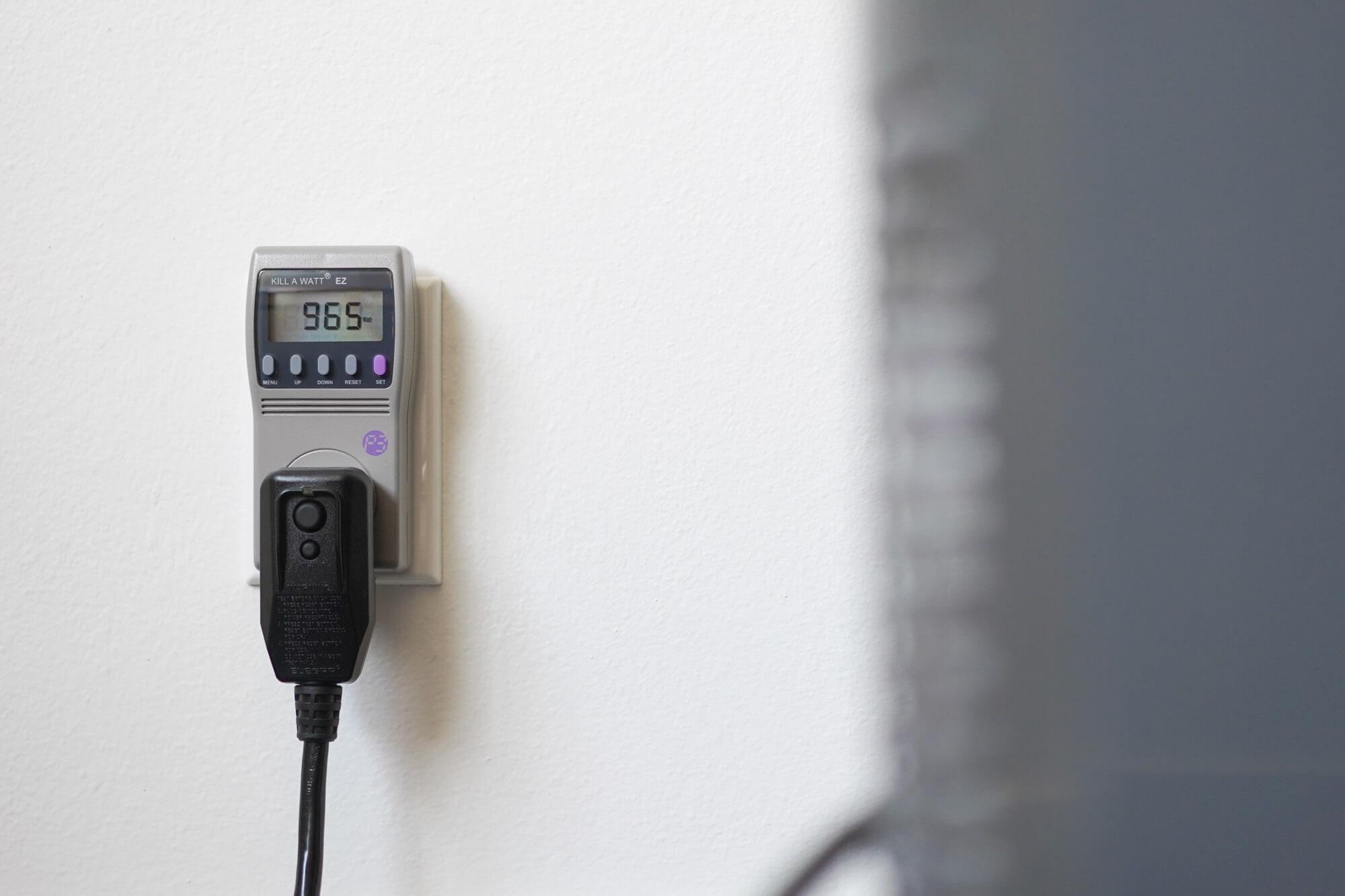

Articles
How Many Amps Does an AC Use
Modified: January 6, 2024
Find out how many amps an AC uses in this informative article. Learn more about AC energy consumption and power usage.
(Many of the links in this article redirect to a specific reviewed product. Your purchase of these products through affiliate links helps to generate commission for Storables.com, at no extra cost. Learn more)
Introduction
Welcome to the world of air conditioning! If you’ve ever wondered how much electricity your AC unit consumes, you’re in the right place. Understanding the amps used by an AC system is crucial for managing energy consumption and keeping your electricity bills in check. In this article, we’ll delve into the world of AC amps – what they are, how they are calculated, and what factors affect their usage.
Whether you’re a homeowner, a renter, or simply someone interested in learning more about energy efficiency, this article will provide you with valuable insights into the world of AC amps. By understanding the role of amps in air conditioning, you can make informed decisions about your energy usage, and potentially save money in the process.
So, let’s dive in and explore the fascinating world of AC amps!
Key Takeaways:
- Understanding AC amps is crucial for managing energy consumption and making informed decisions about your air conditioning system. Factors like unit size, temperature setting, and insulation affect amp usage.
- Energy-efficient AC units with high SEER ratings can significantly reduce power consumption and lower electricity bills. Simple maintenance tasks and energy-saving tips can further optimize energy efficiency and minimize amp usage.
Read more: How Many Amps Does An Rv AC Use
Understanding AC Amps
Before we jump into the specifics of AC amps, let’s start with a quick overview of what an amp is. Amp, short for ampere, is the unit of electric current measurement in the International System of Units (SI). It measures the rate at which electric charge flows through a circuit.
In the context of air conditioning, AC amps refer to the amount of electrical current drawn by the AC system to operate. The higher the amps, the more electrical power is being consumed. This is an important metric to consider, as it directly impacts the energy usage and cost associated with operating your AC unit.
AC amps can vary depending on the size and type of AC unit. A small window unit, for example, may draw around 5-10 amps, while a larger central AC system can draw anywhere from 15 to 50 amps.
It’s important to note that AC amps are just one piece of the puzzle when it comes to understanding energy consumption. Voltage and power factor also play a role, but for the purpose of this article, we’ll primarily focus on amps.
Now that we have a basic understanding of what AC amps are, let’s explore the factors that affect their usage.
Factors Affecting AC Amps
Several factors contribute to the amount of amps consumed by an AC system. Understanding these factors can help you optimize your energy usage and ensure your AC unit operates efficiently. Let’s take a closer look at the main factors that affect AC amps:
- AC Unit Size: The size of your AC unit directly impacts the amount of power it consumes. Larger units generally require more amps to operate, as they have a higher cooling capacity and need more energy to cool a larger space.
- Temperature Setting: The temperature at which you set your AC unit can also impact the amps it uses. Lowering the temperature setting means your AC will have to work harder to cool the air, resulting in higher amp usage. Conversely, raising the temperature setting can reduce amp usage and save energy.
- Insulation and Air Leakage: The insulation level of your home and the presence of air leaks can affect how efficiently your AC unit cools the space. Poor insulation and air leaks can cause cool air to escape, leading to increased amp usage as the AC works harder to compensate for the lost cooling.
- Outdoor Temperature: The outdoor temperature plays a role in how much your AC unit needs to work to maintain the desired indoor temperature. Hotter temperatures require more cooling, which can lead to higher amp usage.
- Thermostat Behavior: Your thermostat settings and behavior can also impact amp usage. For example, constantly adjusting the thermostat up and down can cause the AC to cycle more frequently, increasing amp usage. Setting a consistent temperature and using programmable thermostats can help optimize energy usage.
By considering these factors and taking steps to optimize your AC usage, you can reduce amp consumption and minimize your energy bills.
Now that we’ve covered the factors affecting AC amps, let’s explore the concept of energy efficiency and its relationship with amp usage.
Energy Efficiency and AC Amps
Energy efficiency is an important aspect to consider when it comes to AC amps. An energy-efficient AC unit can help reduce power consumption and lower your electricity bills. Let’s take a closer look at how energy efficiency relates to AC amps:
Energy-efficient AC units are designed to operate with maximum cooling efficiency while using minimal electricity. These units are equipped with advanced technologies, such as variable speed compressors and high-efficiency coils, which help optimize cooling performance and reduce energy consumption.
When comparing AC units, you’ll often come across the term SEER (Seasonal Energy Efficiency Ratio). SEER is a standard measurement used to assess the energy efficiency of air conditioners. The higher the SEER rating, the more efficient the AC unit is, which means it can provide the same cooling capacity with fewer amps.
Investing in an energy-efficient AC system with a high SEER rating can result in significant energy savings over the long term. Not only will you reduce your electricity bills, but you’ll also reduce your carbon footprint by lowering your overall energy consumption.
It’s important to note that while energy-efficient AC units can help minimize amp usage, proper maintenance and regular servicing are crucial to ensure optimal performance. Cleaning air filters, checking refrigerant levels, and inspecting ductwork are essential tasks that can improve energy efficiency and reduce amp usage.
By prioritizing energy efficiency when choosing an AC unit and maintaining it properly, you’ll not only save money but also contribute to a greener and more sustainable environment.
Now that we understand the relationship between energy efficiency and AC amps, let’s dive into how to calculate AC amps.
When determining how many amps an AC unit uses, you can use the formula: Amps = Watts / Volts. Check the unit’s label for the wattage and voltage, then use the formula to calculate the amps.
How to Calculate AC Amps
Calculating AC amps is relatively straightforward and can be done using a simple formula. To calculate the amps used by your AC unit, you’ll need to know two key pieces of information: the unit’s wattage and the applied voltage.
The formula to calculate AC amps is as follows:
Amps = Watts / Volts
Let’s break down the calculation:
- Watts: The wattage represents the power consumed by the AC unit. This information is usually provided on the unit’s label or in the manufacturer’s specifications. It’s important to note that the wattage may vary depending on the AC unit’s cooling capacity and energy efficiency.
- Volts: The voltage refers to the electrical supply the AC unit operates on. In most household settings, the voltage is 120 volts. However, some larger AC units may require a higher voltage, such as 240 volts.
Once you have obtained the wattage and voltage information, simply divide the wattage by the voltage to calculate the amps used by your AC unit.
For example, let’s say you have a small portable air conditioner with a wattage of 1500 watts and runs on 120 volts:
Amps = 1500 watts / 120 volts = 12.5 amps
In this case, the AC unit draws approximately 12.5 amps of electrical current.
It’s important to note that this calculation provides an estimation of the amps used by your AC unit. Actual amp usage may vary depending on various factors, including the efficiency of the unit and external conditions. Consulting the manufacturer’s specifications or seeking professional assistance can provide more precise information specific to your AC unit.
Now that we know how to calculate AC amps, let’s move on to explore some common AC amp ratings.
Read more: How Many Amps Does Alexa Use
Common AC Amp Ratings
The amp rating of an AC unit signifies the amount of electrical current it draws during operation. Understanding common AC amp ratings can help you determine the energy consumption and electrical requirements of different types of AC units. Let’s take a look at some typical AC amp ratings:
- Window Units: Window AC units are commonly used in single rooms or small spaces. Their amp ratings typically range from 5 to 15 amps, depending on the size and cooling capacity of the unit.
- Portable Air Conditioners: Similar to window units, portable AC units are designed to cool specific areas. These units usually draw around 8 to 12 amps, but larger models can go up to 15 amps.
- Ductless Mini-Split Systems: Ductless mini-split systems are versatile and efficient cooling solutions that consist of an outdoor compressor unit and indoor air handlers. The amp ratings for mini-splits can vary depending on the capacity and number of indoor units but typically range from 15 to 30 amps.
- Central Air Conditioning Systems: Central AC systems are designed to cool entire homes or large areas. The amp ratings for central AC units can vary significantly depending on the size and cooling capacity. Generally, they can range from 15 to 50 amps.
Keep in mind that these amp ratings are general guidelines and can vary based on additional features, energy efficiency, and specific manufacturer specifications. Always refer to the unit’s documentation or consult with a professional to determine the exact amp rating for your specific AC unit.
Now that we’ve explored common AC amp ratings, let’s move on to some helpful tips for reducing AC amps and conserving energy.
Tips for Reducing AC Amps
Reducing AC amps not only helps lower your energy consumption but also helps save money on your electricity bills. Here are some practical tips to help you minimize the amps used by your AC unit:
- Maintain Proper Insulation: Ensure your home is properly insulated to prevent cool air from escaping and hot air from entering. Proper insulation reduces the workload on your AC unit, resulting in lower amp usage.
- Seal Air Leaks: Identify and seal any air leaks around windows, doors, and ductwork. This will prevent the loss of cool air and improve the overall efficiency of your AC system.
- Use Programmable Thermostats: Invest in a programmable thermostat and set appropriate temperature schedules. This allows your AC unit to operate at higher temperatures when you’re not at home, reducing amp usage during idle periods.
- Keep the Air Filters Clean: Regularly clean or replace your AC unit’s air filters to ensure proper airflow. Clogged filters restrict airflow, forcing the AC unit to work harder and consume more amps.
- Utilize Natural Ventilation: Take advantage of cooler evenings or early mornings by opening windows and using natural ventilation techniques instead of solely relying on your AC unit.
- Utilize Ceiling Fans: Use ceiling fans to circulate the cool air throughout the room. This helps create a more comfortable environment and allows you to raise the temperature setting on your AC unit, reducing amp usage.
- Implement Shades or Blinds: Install shades or blinds on windows to block out direct sunlight, reducing the heat gain inside your home and decreasing the workload on your AC unit.
- Regular Maintenance: Schedule regular maintenance for your AC unit to ensure it operates at peak efficiency. This includes cleaning coils, checking refrigerant levels, and inspecting ductwork for any obstructions.
- Consider Energy-Efficient Upgrades: If your AC unit is older and energy-consuming, consider upgrading to a more efficient model with higher SEER ratings. Energy-efficient units generally require fewer amps to provide the same cooling capacity.
By incorporating these tips into your routine, you can significantly reduce the amps used by your AC unit and improve overall energy efficiency.
Now that we’ve covered tips for reducing AC amps, let’s wrap up our article.
Conclusion
Understanding AC amps is essential for managing energy consumption and optimizing the performance of your air conditioning system. By knowing the factors that affect AC amps, you can make informed decisions to reduce energy usage and save money on your electricity bills.
We explored the relationship between energy efficiency and AC amps, highlighting the importance of choosing energy-efficient AC units with high SEER ratings. Additionally, we provided a simple formula to calculate AC amps and discussed common amp ratings for different types of AC units.
To further reduce AC amp usage, we shared valuable tips such as maintaining proper insulation, sealing air leaks, utilizing programmable thermostats, and implementing natural ventilation. Regular maintenance and considering energy-efficient upgrades are also crucial in maximizing energy efficiency and minimizing amp consumption.
Remember, every small step towards reducing AC amps contributes to a greener and more sustainable environment while also saving you money. So, take the necessary actions to optimize your AC unit’s energy usage, and enjoy a comfortable and cost-effective cooling experience.
We hope this article has provided you with valuable insights into AC amps and energy efficiency. If you have any further questions or need assistance with your air conditioning system, don’t hesitate to reach out to a professional for guidance.
Thank you for reading, and happy cooling!
Frequently Asked Questions about How Many Amps Does An AC Use
Was this page helpful?
At Storables.com, we guarantee accurate and reliable information. Our content, validated by Expert Board Contributors, is crafted following stringent Editorial Policies. We're committed to providing you with well-researched, expert-backed insights for all your informational needs.
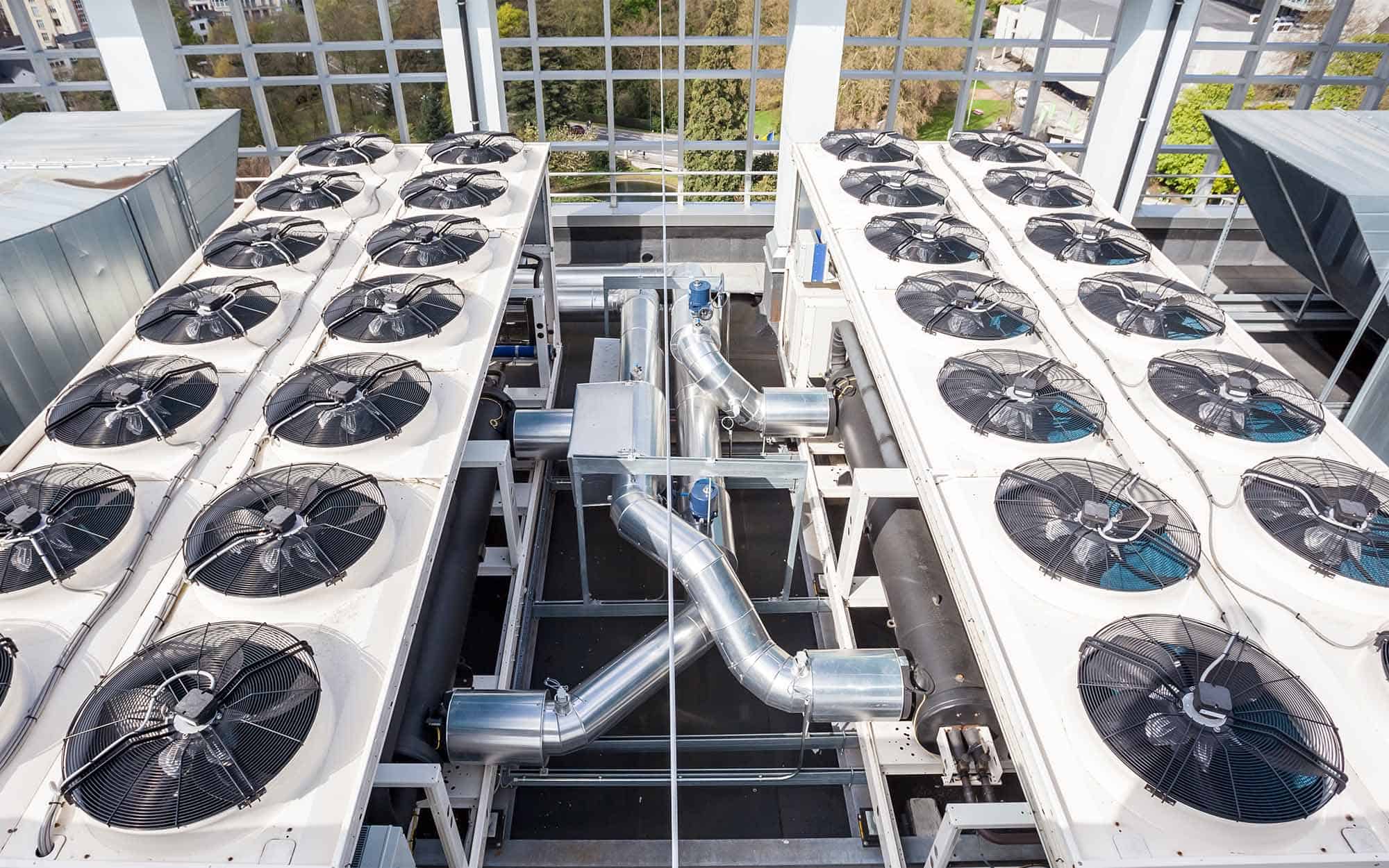
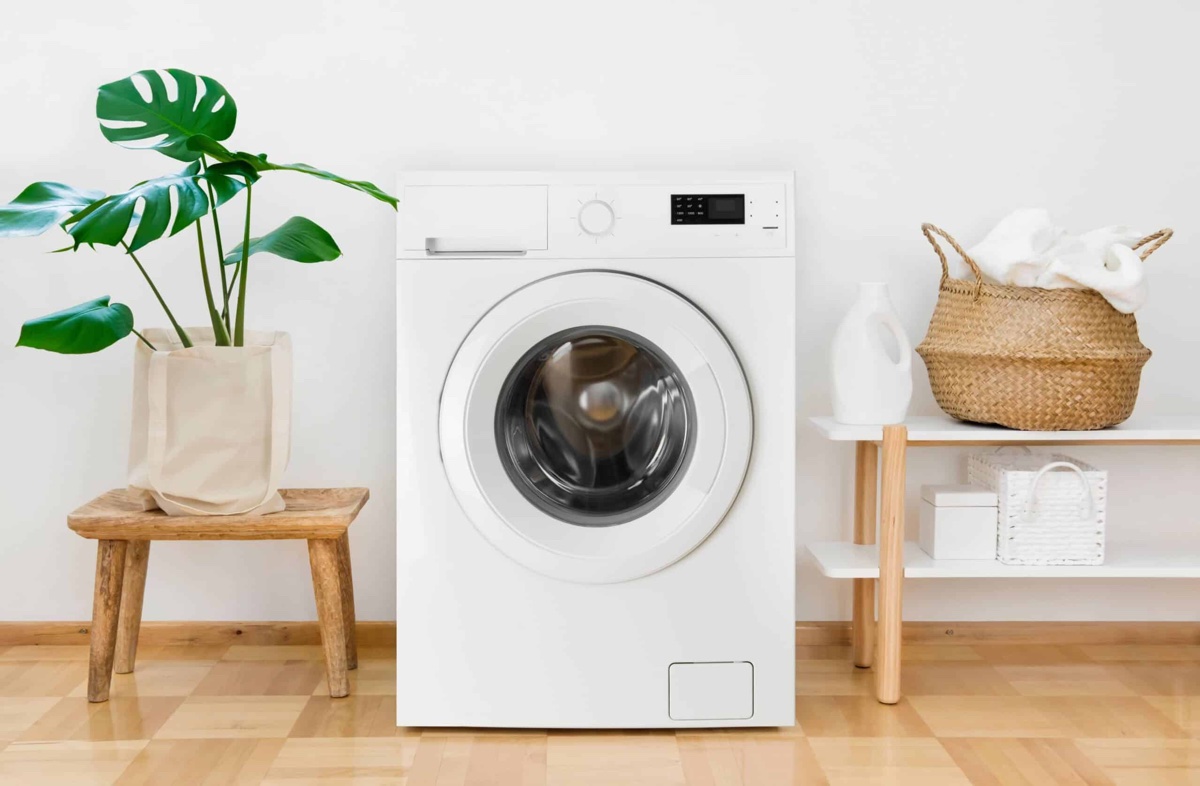


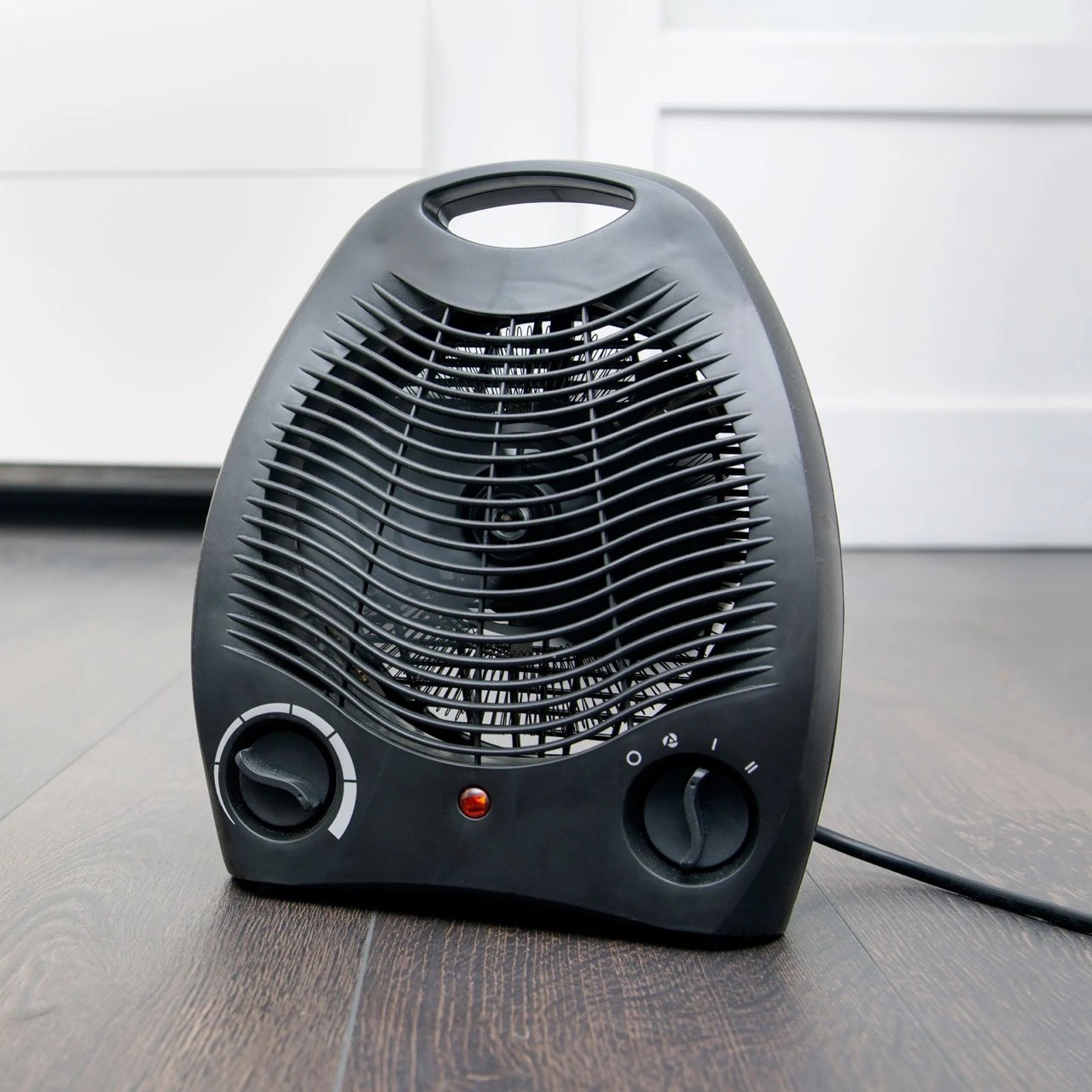
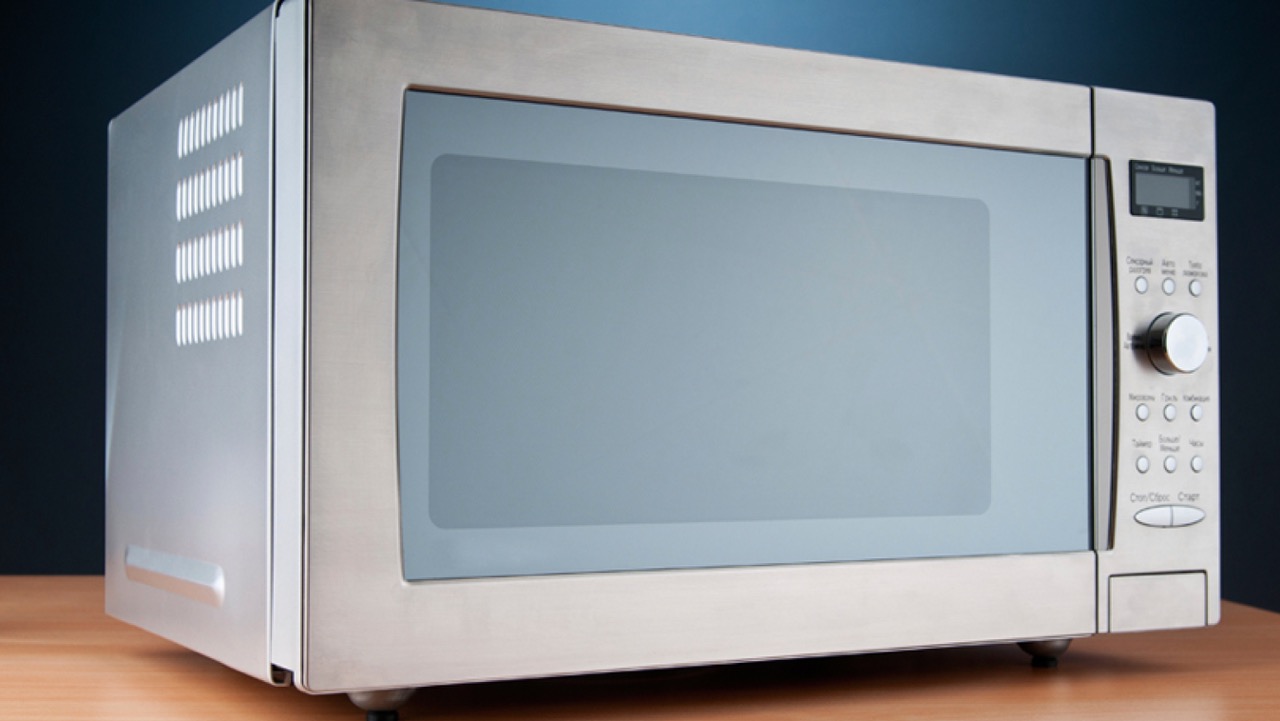
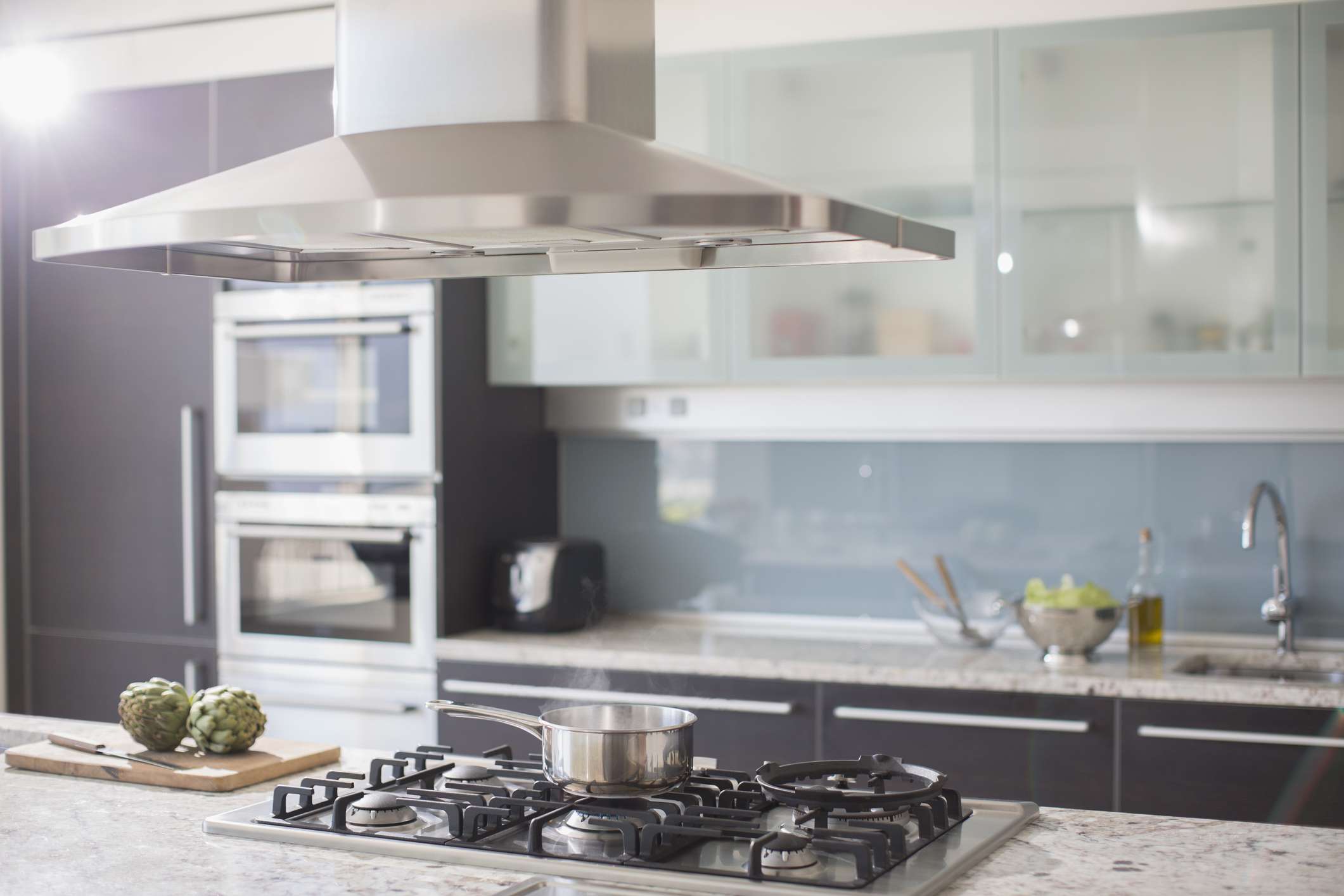
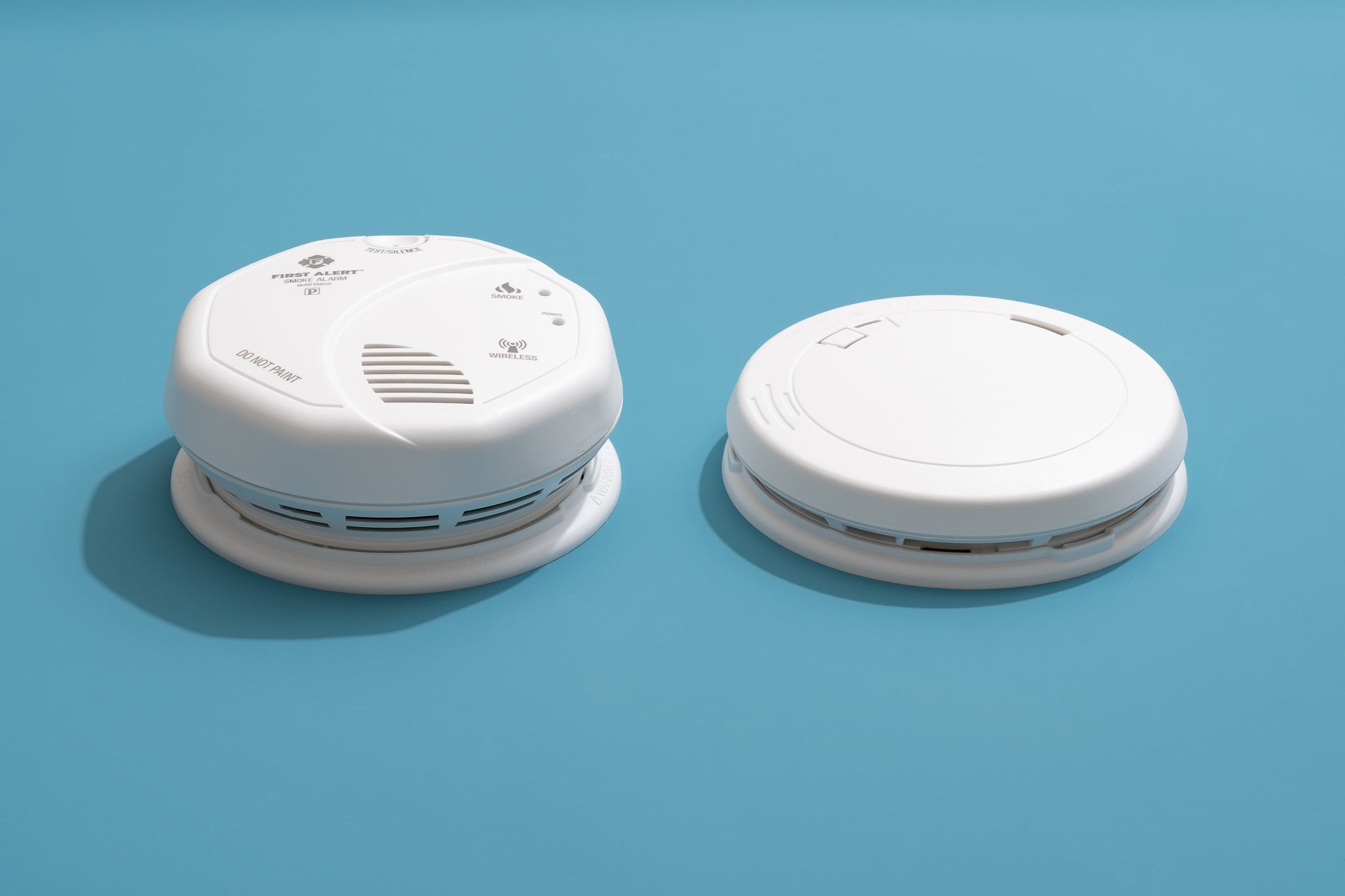

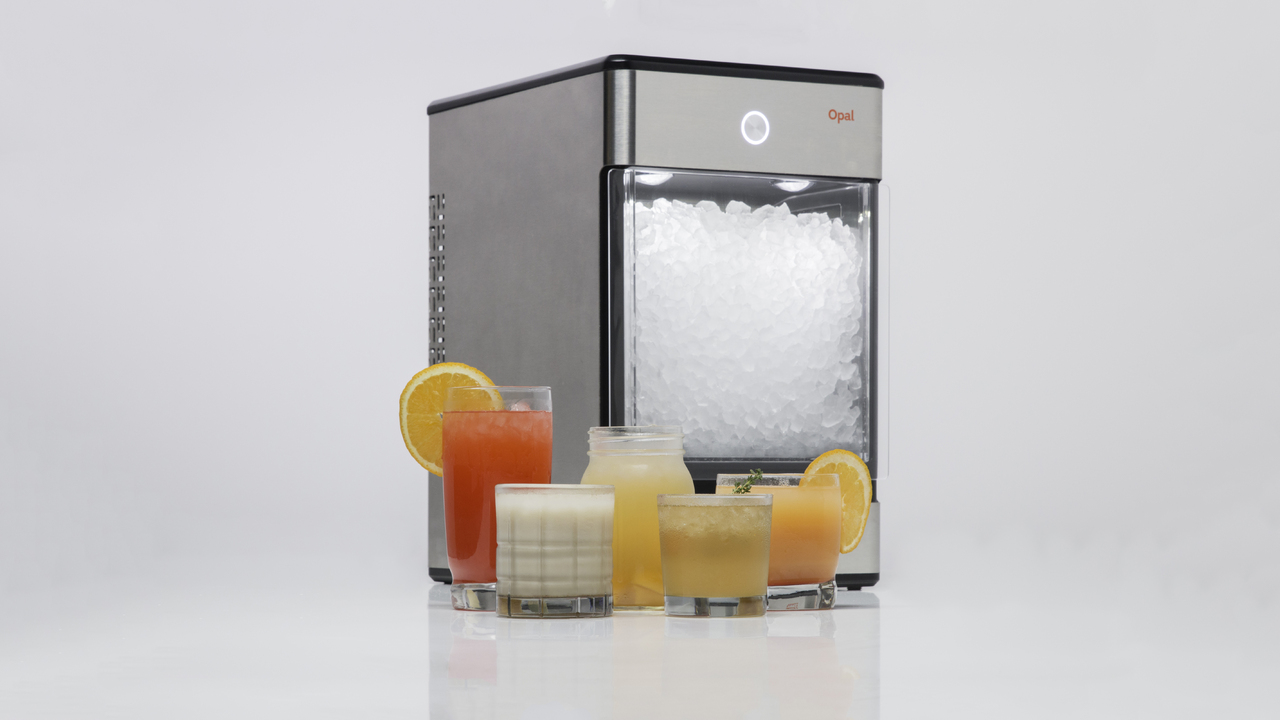
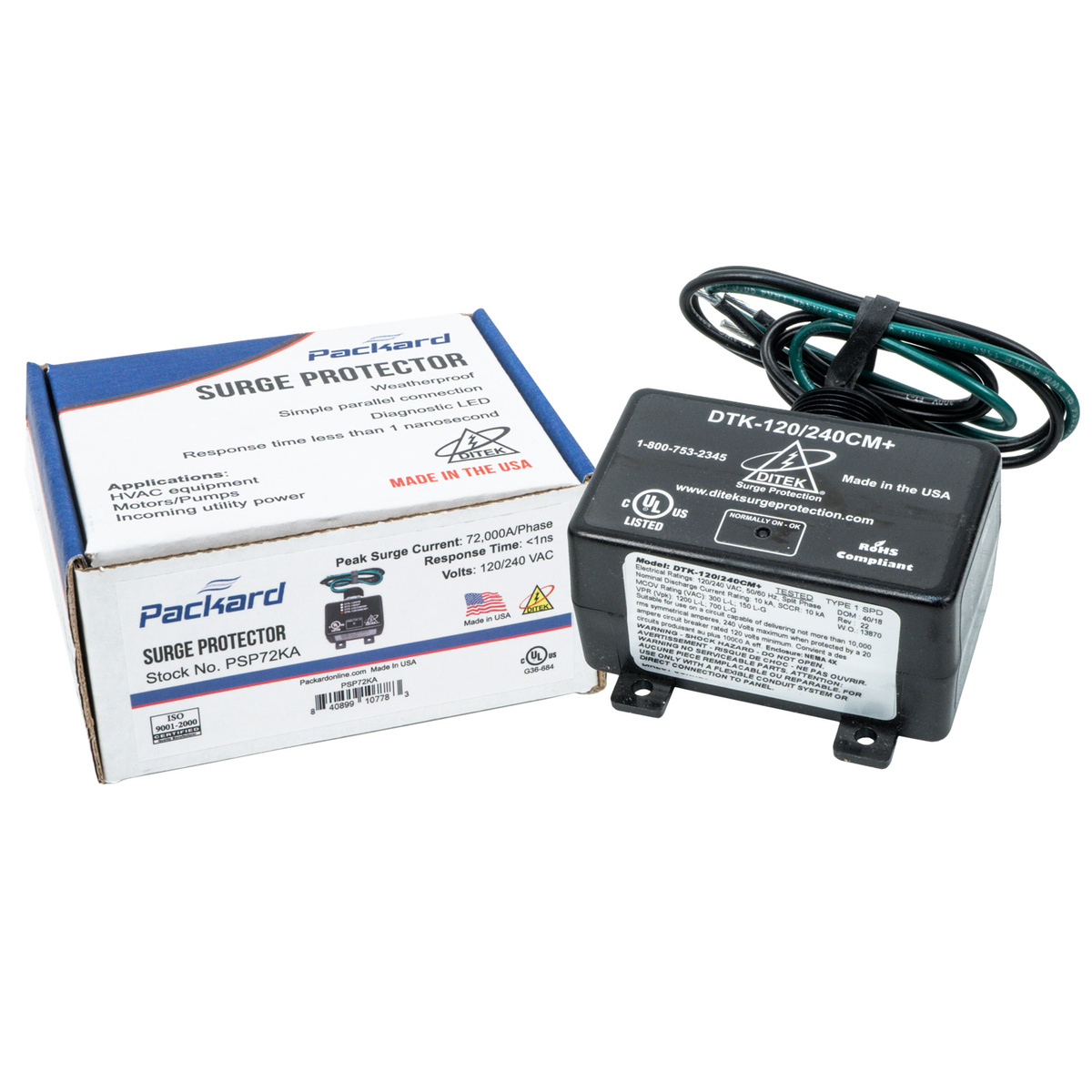
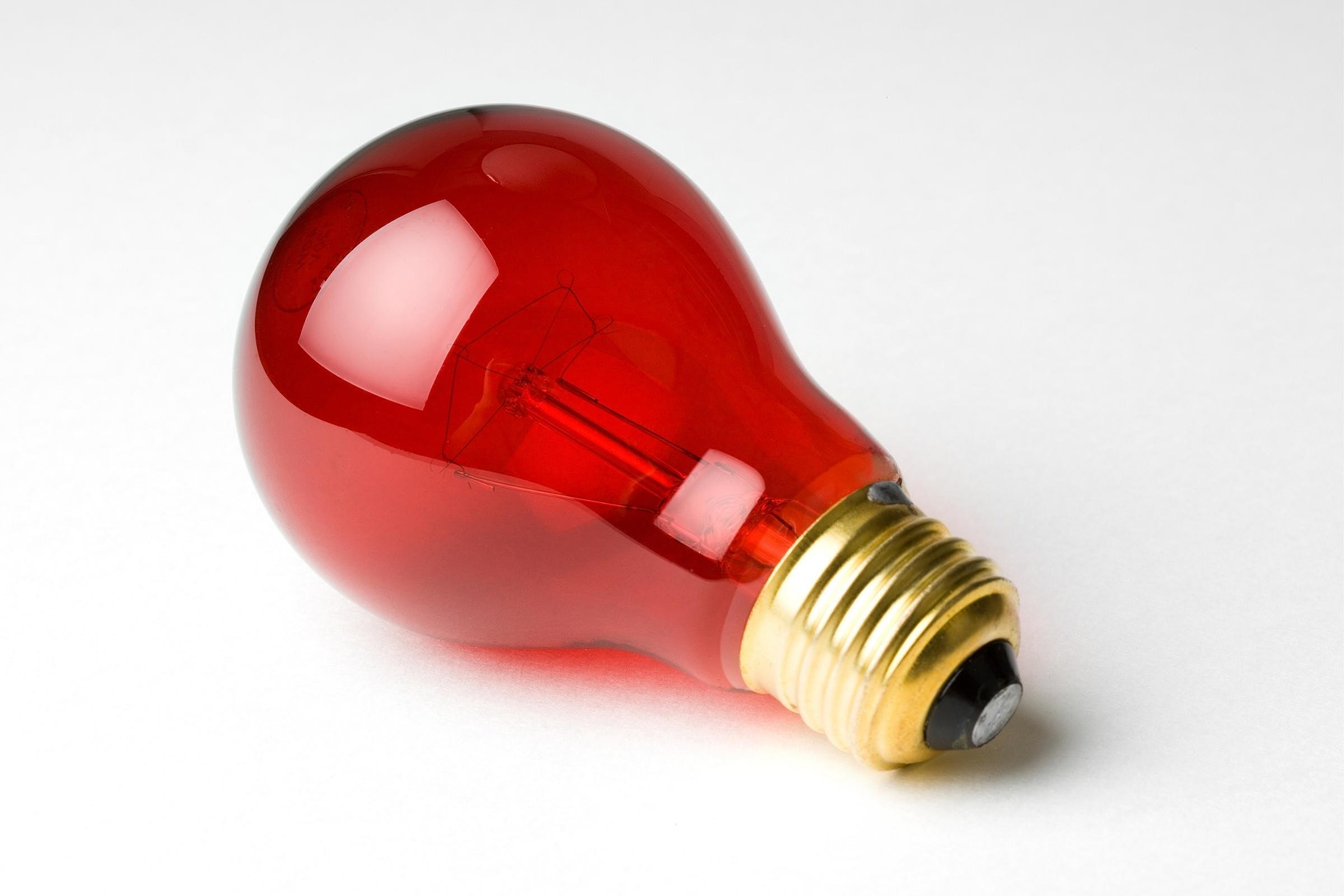
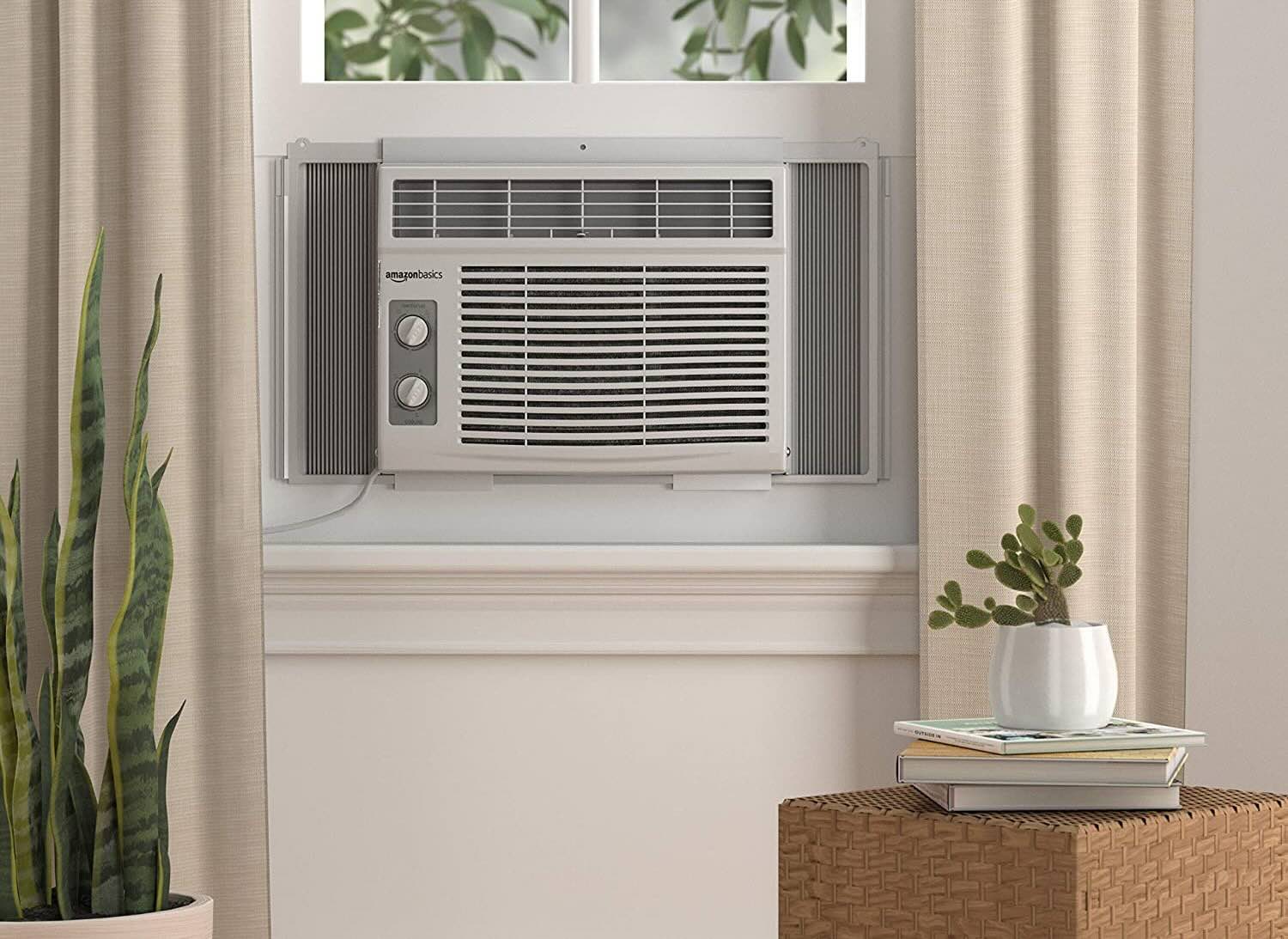
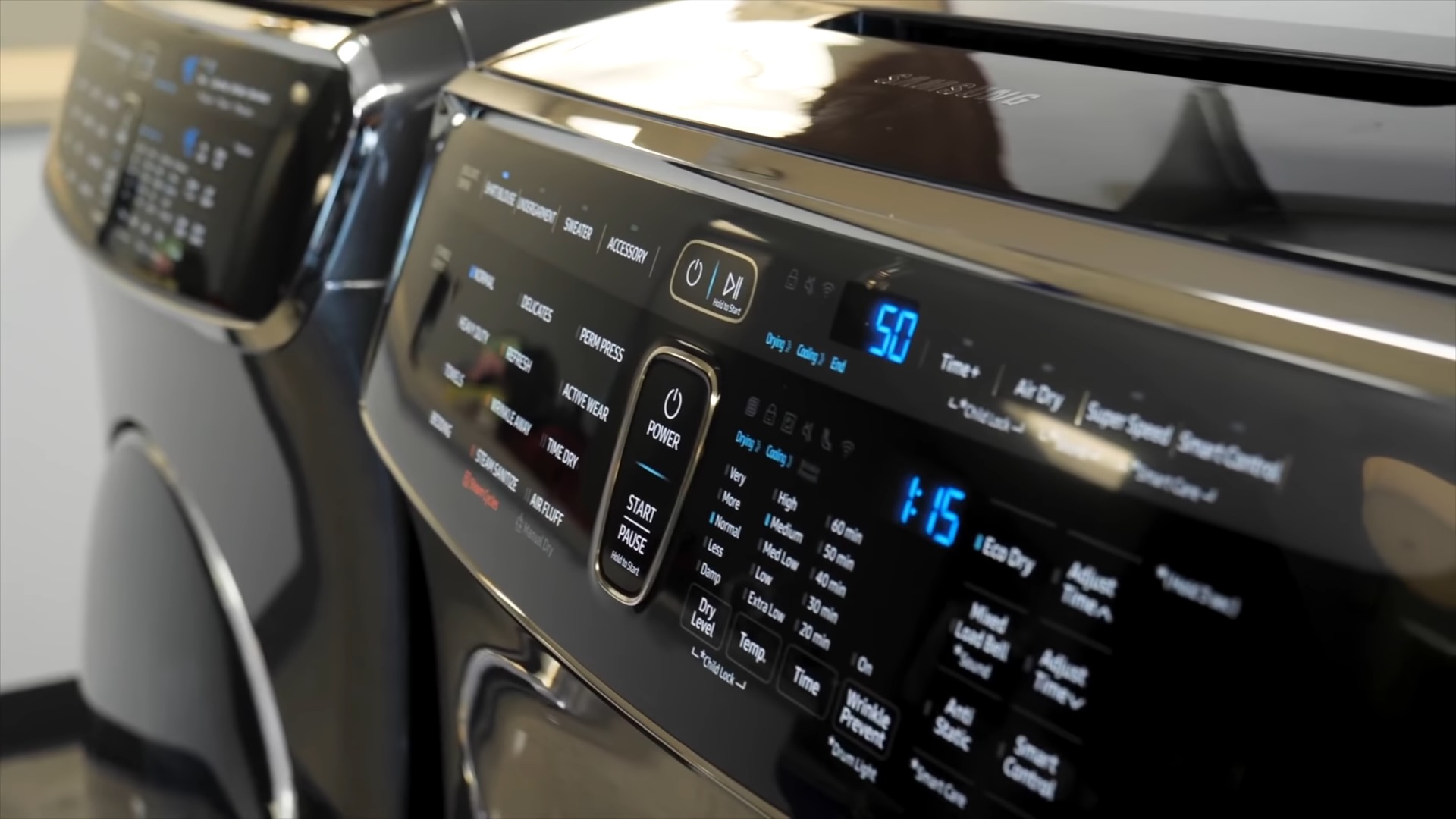

0 thoughts on “How Many Amps Does an AC Use”